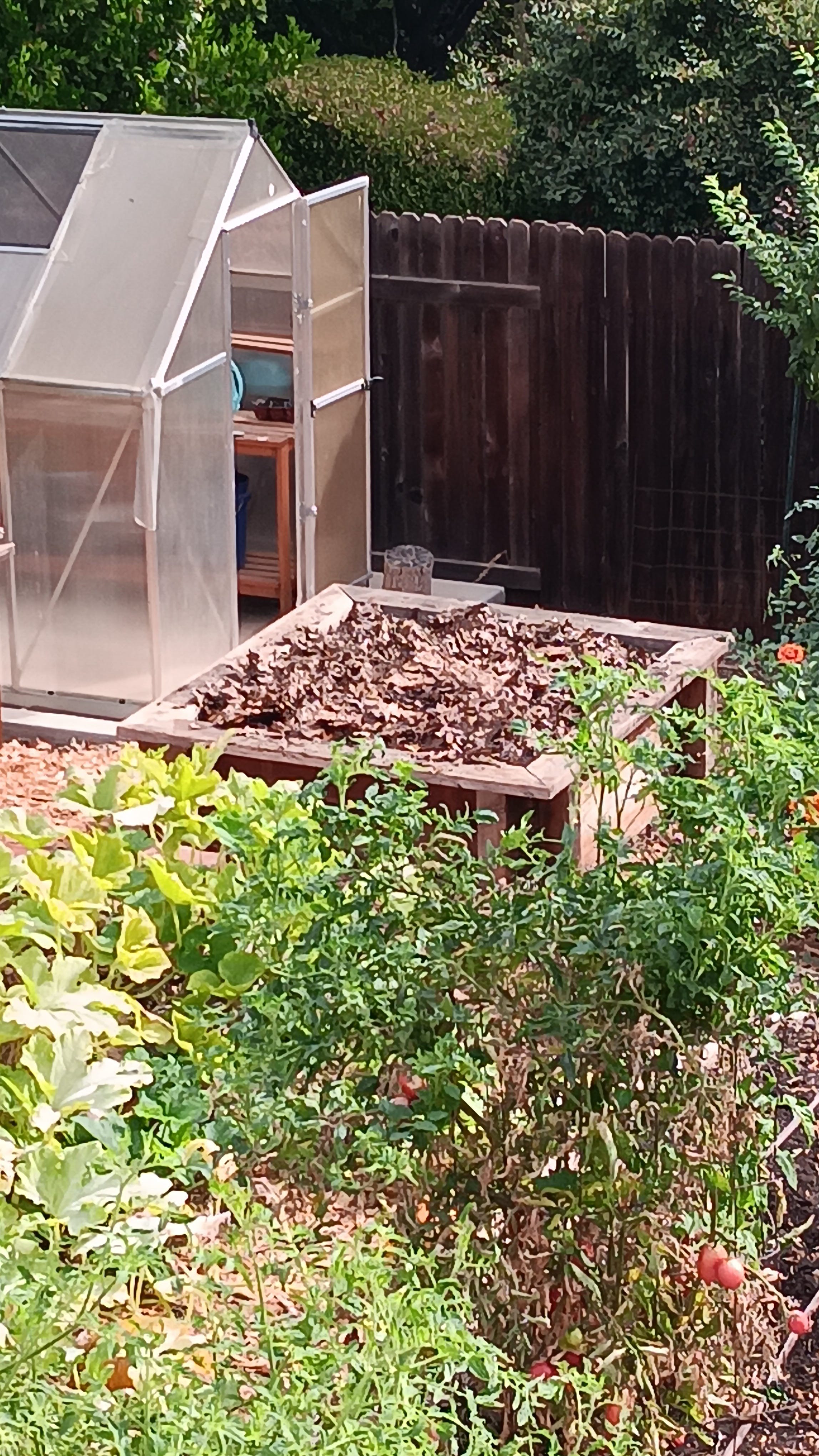Podcast Episode Details
Back to Podcast Episodes
Feed Your Soil, Cool Season Edition
We are transitioning from the summer gardening season to cool season vegetables and flowers. However, maybe you don’t want to put in cool season crops. A word to the wise: don’t leave your fading summer garden lingering (or drooping) in the garden; doing that invites insect and disease pests to overwinter in that standing debris. In its place, there are some inexpensive and easy things you can do that will not only minimize pest problems for the following year, but also feed your soil and make it even better for next year.
In today’s newsletter podcast, soils expert Steve Zien explores how cultivating an environment that nurtures soil biology lays the groundwork for vibrant plants.
Among the topics in the podcast:
0:05 Goodbye, tomatoes, squash and peppers
0:53 Feeding the Living Soil
3:56 What’s Missing from the Soil?
4:58 Understanding N-P-K
6:52 The Importance of pH
8:33 Adjusting Soil pH
9:25 Benefits of Mulching
10:23 Managing Soil Moisture
14:01 Fall Planting and Soil Care
Tips for a Healthier Soil
The University of Minnesota Extension has six tips for a healthier soil:
• Get a soil test done to find out what nutrients your garden soil is missing. Some universities offer low-cost soil tests, including U. Mass/Amherst, Colorado State, Texas A&M, and Utah State.
• Mix in organic matter. This could include fallen leaves, roots, and general plant litter.
• Incorporate compost and worm castings to compacted soil to increase air, water holding capacity, and nutrients for plants.
• Protect topsoil with mulch, leaves, or cover crops.
• Don’t use chemicals unless there’s no alternative.
• If possible, rotate crops.
Soil pedologist Steve Zien concurs, saying if people want inexpensive, easy ways to improve their soil during the winter, and they don’t want to grow cool season cover crops, two easy tasks can greatly improve your soiI: cut off your summer crops at the soil level, but leave the root system in place. Then, cover that soil with several inches (six to ten inches) of mowed-over or chopped-up leaves that are beginning to fall from the trees.
“Doing that is absolutely wonderful for your garden soil,” says Zien, who is based in Sacramento County. “It regulates the soil temperature, keeping it warmer. The fact that the leaves are ground up makes it easier for the worms that are in your soil to come up and feed, aerating your soil and taking that organic matter down into the soil. So, you will get nutrients moving down into the soil, increasing the nutrient value, and you will get more soil biology. And the more soil biology you have, the more diversity, the more numbers of beneficial microorganisms, the healthier your soil will be and the healthier your crops will be. That increase of beneficial soil biology will naturally combat pest problems.”
Zien goes on to say that the root mass remaining in the garden will improve the soil, as well. “The roots will decompose quickly,” says Zien. “The biology will basically reduce them to nothing. And there will be large pore spaces where those roots were. When you irrigate, the water will go down very nicely, which is important, especially if you have a clay soil.”
This breaking down process of the roots will happen quicker if you already have healthy soil, teeming with microbes. What can gardeners do to begin that process?
“Leaving crop residue and leaf mulch on the soil surface will still be worthwhile,” explains Zien. “The mulch and the underground crop residue protect the soil from nature’s forces of wind and water, reducing erosion and the impact of raindrops on bare soil. When a raindrop hits bare soil it loosens the sand, silt
Published on 10 hours ago